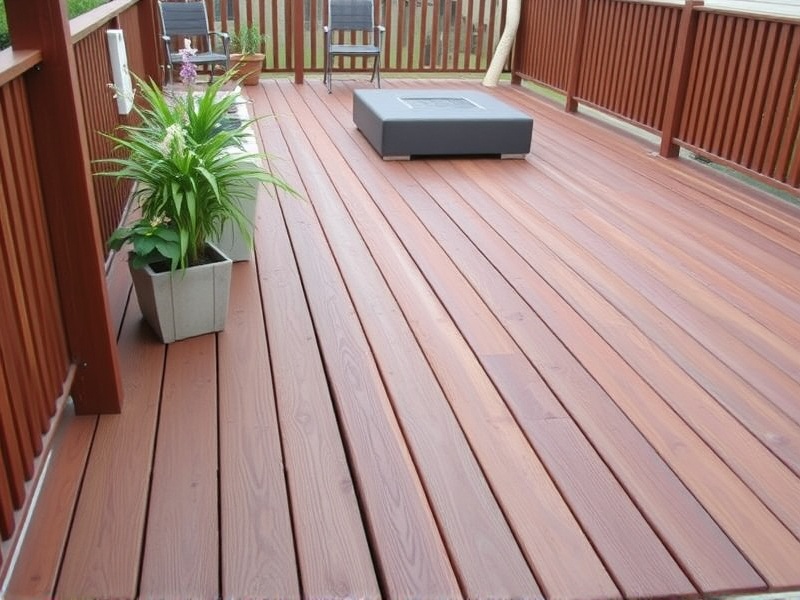Our Location
304 North Cardinal St.
Dorchester Center, MA 02124

In Victoria, Australia, homeowners are increasingly seeking sustainable solutions for outdoor living spaces. Two popular options for deck construction include traditional wood decking and composite decking. Each option presents its own set of advantages and disadvantages in terms of environmental impact, maintenance requirements, and long-term cost-effectiveness. This article will delve into a comparative analysis of these two decking materials to help you make an informed decision that aligns with your sustainability goals.
When considering the environmental impact of decking materials, it’s crucial to evaluate both the production process and the lifecycle of each product. Traditional wood decking often comes from sustainably managed forests, which can be a positive factor. However, the harvesting process can lead to deforestation and loss of biodiversity. On the other hand, composite decking is typically made from a combination of recycled plastic and wood fibers. While the production of composite decking requires more energy than that of wood, it diverts waste from landfills and reduces the demand for virgin timber. Furthermore, composite materials do not require chemical treatments that can leach into the soil and waterways, making them a more environmentally friendly choice over time.
Maintenance is another critical factor when choosing between composite and traditional wood decking. Traditional wood decks require regular sealing or staining to protect against moisture, UV rays, and pests. Without proper maintenance, wood can warp, crack, and rot, leading to costly repairs. In contrast, composite decking is highly resistant to moisture, stains, and insects. It does not require sealing or staining, making it a low-maintenance option. However, composite decks can fade over time, especially if exposed to direct sunlight, but this can be mitigated by using UV-resistant products.
From a financial perspective, while the initial cost of composite decking is generally higher than that of traditional wood, the overall long-term cost-effectiveness can be more favorable. The durability and low maintenance requirements of composite decking reduce the need for frequent repairs and replacements, translating into lower ongoing costs. Additionally, composite decking often has a longer lifespan, which can enhance the property value and appeal. Traditional wood decks may have a lower upfront cost, but the cumulative expenses associated with regular maintenance and eventual replacement can surpass those of composite decks over time.
Choosing between composite decking and traditional wood in Victoria, Australia, involves weighing several factors, including environmental impact, maintenance needs, and long-term cost-effectiveness. Composite decking offers a sustainable alternative that reduces environmental footprint, requires minimal maintenance, and provides long-lasting benefits. While the initial investment might be higher, the overall cost-effectiveness and environmental advantages make composite decking a compelling choice for eco-conscious homeowners.